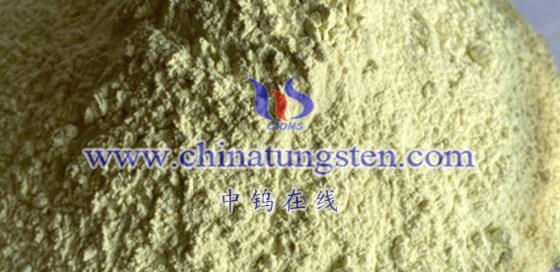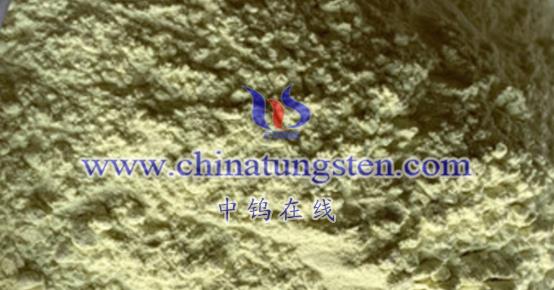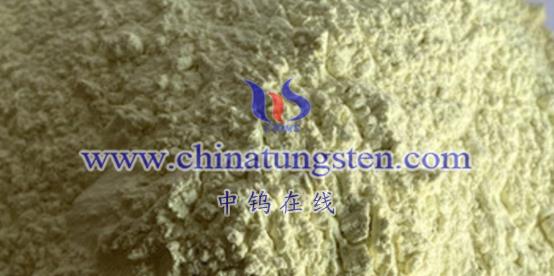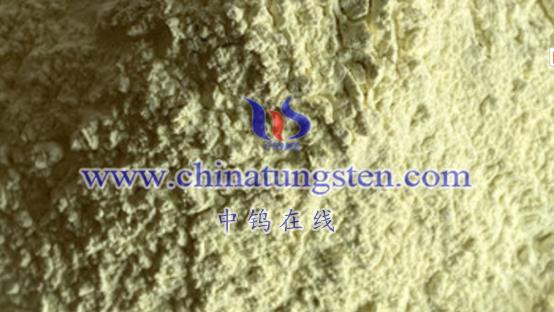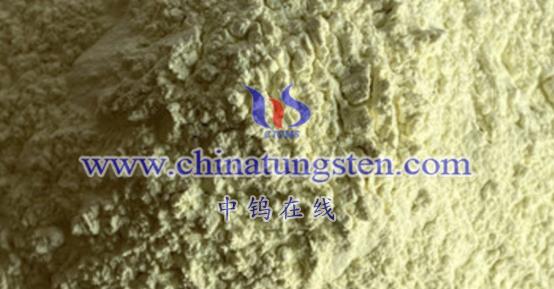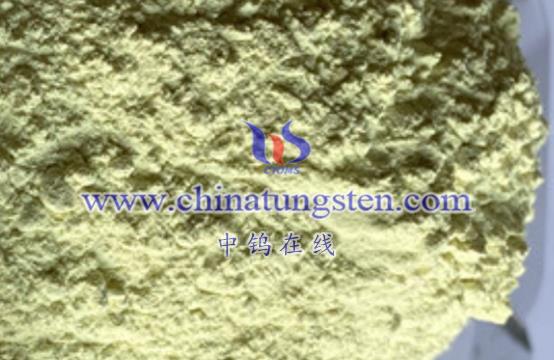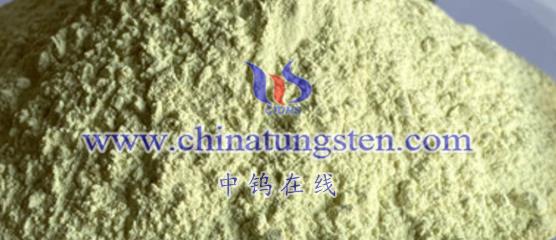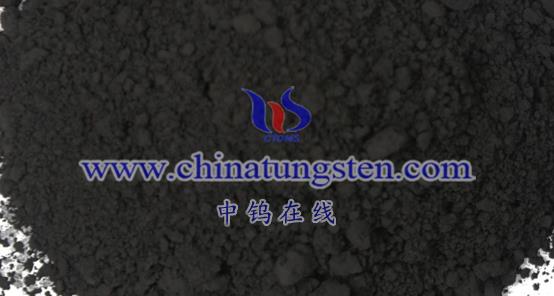
While nano tungsten oxide (WO₃) offers many advantages in lithium battery applications, it also has several drawbacks, which include:
- Increased Electrode/Electrolyte Reactions
The high reactive surface area of nano tungsten oxide can lead to unexpected increases in reactions between the electrode and electrolyte. These additional reactions may cause self-discharge phenomena and negatively impact the battery’s cycle performance and lifespan. Excessive side reactions can consume active materials within the battery, reducing energy density and cycle stability.
- Lower Volumetric Energy Density
Nano materials may have a relatively loose packing structure, resulting in lower volumetric energy density. In practical applications, if nano tungsten oxide cannot be effectively compacted, it may limit its use in high-energy-density batteries. To address this issue, specialized compaction methods or the use of high-density materials in combination with nano tungsten oxide may be necessary.
- Challenges in Synthesis and Control
The synthesis of nano particles can be complex, and controlling their size and morphology poses challenges. Precise control of reaction conditions is required during the synthesis of nano tungsten oxide to achieve the desired particle size and shape. However, due to the complexities at the nanoscale, achieving such control may not be straightforward. Additionally, the density of nano powders is generally lower than that of micrometer-sized particles made from the same material, complicating synthesis and control efforts.
- Stability Issues During Cycling
Although nano tungsten oxide exhibits enhanced cycle stability in certain aspects, its cycling performance can still be affected under specific conditions. For instance, during prolonged or high-rate charge and discharge cycles, the structure of nano tungsten oxide may undergo changes that lead to capacity fading and performance degradation. Therefore, further optimization of the structure and preparation processes of nano tungsten oxide is needed to enhance its cycle stability in lithium batteries.
- Cost Factors
While tungsten is relatively inexpensive and abundant, the preparation processes for nano materials can be complex and costly. This may increase the overall application costs of nano tungsten oxide in lithium batteries, potentially limiting its use in certain sectors. Developing more cost-effective and efficient preparation methods will be essential to reduce these costs.
Conclusion
Despite the many advantages of nano tungsten oxide in lithium batteries, challenges such as increased electrode/electrolyte reactions, lower volumetric energy density, difficulties in synthesis and control, stability issues during cycling, and cost factors exist. Addressing these drawbacks through further research and development will be crucial to fully realize the benefits of nano tungsten oxide in battery applications.
More details of tungsten oxide product, please visit website: tungsten-oxide.com
Please contact CHINATUNGSTEN for inquiry and order of tungsten oxide:
Email: sales@chinatungsten.com
Tel.: 86 592 5129595
